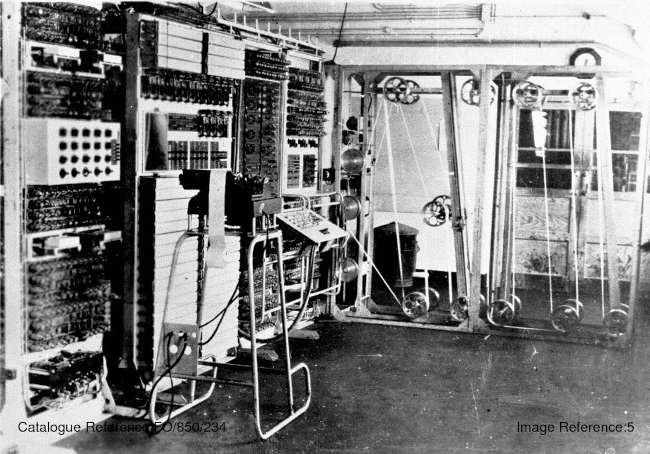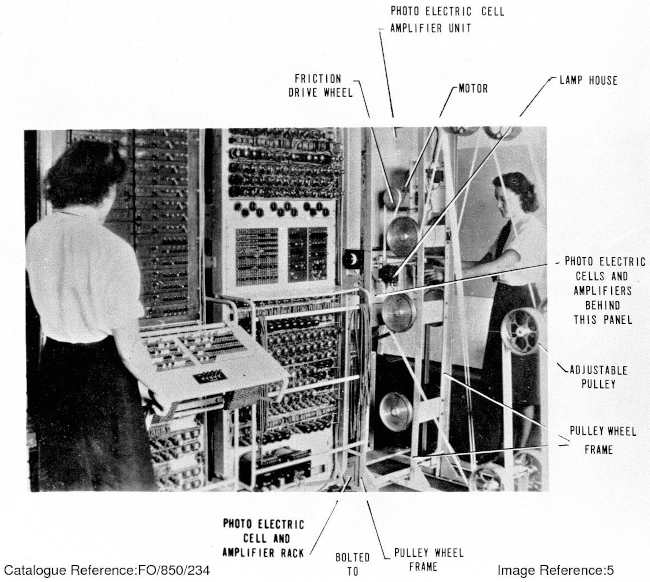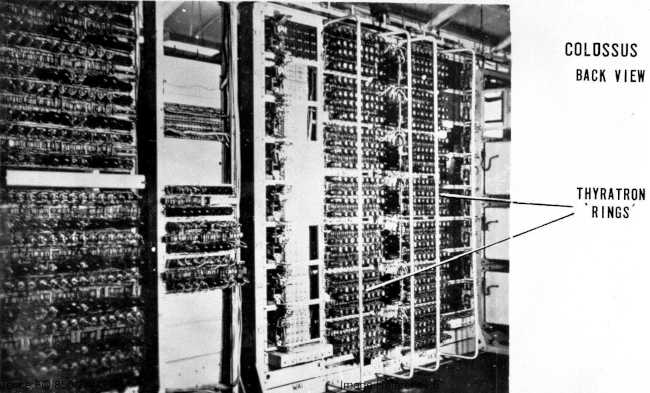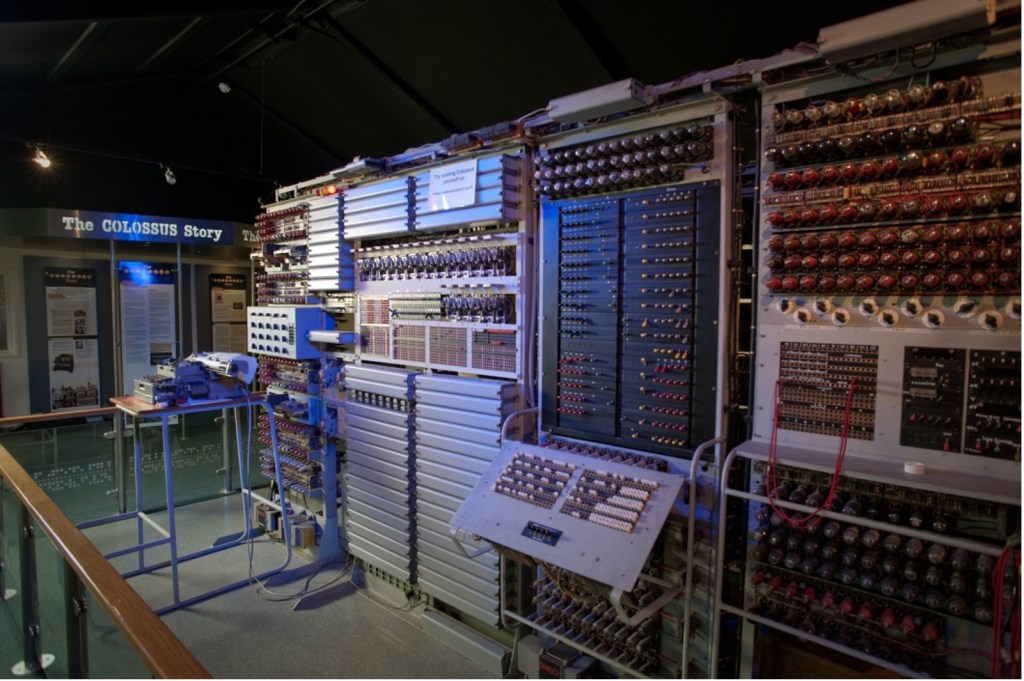On January 18, 2024, leading British computer historian Brian Randell from the School of Computing at Newcastle University spread the following message: “From the BBC: By Shiona McCallum, Technology reporter. GCHQ has released never before seen images of Colossus, the U.K.’s secret code-breaking computer credited with helping the Allies win World War Two. The intelligence agency is publishing them to mark the 80th anniversary of the device’s invention. It says they “shed new light” on the “genesis and workings of Colossus”, which is considered by many to be the first digital computer. Full text and photos: https://www.bbc.co.uk/news/technology-67997406.”
Brian Randell adds: “These photos are fascinating, particularly the one showing a separate large set of plugboards. My assumption is that the Colossus shown is one of the later production models. Here is the official GCHQ press release: https://www.gchq.gov.uk/news/colossus-80.”
The following is an excerpt from my book “Milestones in Analog and Digital Computing, Springer Nature Switzerland AG, Cham, 3rd edition 2020, volume 2, translated from the German by John McMinn, https://www.springer.com/de/book/9783030409739:
In 1943, Thomas Flowers developed the Colossus vacuum tube machine (see Figs. 1–4) on the basis of experience with the Heath Robinson, although Bletchley Park had rejected the project. With the support of this electronic computer, which remained top secret until October 20, 1975, the unintelligible texts generated by the German Lorenz cryptographic machine were decoded. The heavy, large Lorenz machine was even more difficult to crack than the Enigma. It had 12 coding wheels. No one in Bletchley Park had seen such a Lorenz SZ 40/42 teleprinter cryptographic machine up to the end of the war.
With the (10) Colossus computers—from 1943 to 1945—the phasing and the initial setting of the Lorenz cipher wheels were identified. One determined the periods of the different coding wheels, the function of the two additional cipher wheels (“motor wheel” gear ratio) governing the sequence control, the original position of the cipher drums (wheel setting), and the actuator pin settings (wheel patterns). See also Turing, Churchill, and the Colossus | blog@CACM | Communications of the ACM.

Fig. 1: The Colossus. The overall view from the year 1943,
which remained top secret for many years, shows the front side of the electronic computer.
Credit: National Archives, Kew, Richmond, Surrey

Fig. 2: The Colossus. Women (called Wrens) operated the enormous machine.
The different components are labeled: photoelectric cell, amplifier unit, friction drive wheel, and pulley wheel frame.
Credit: National Archives, Kew, Richmond, Surrey

Fig. 3: The Colossus. The thyratrons in the rear are gas-filled electronic tubes.
Credit: National Archives, Kew, Richmond, Surrey

Fig. 4: The Colossus (reconstruction). The Post Office Research Station built the first Colossus
in a few months. This was the world’s first large-scale vacuum tube computer.
Its existence was kept secret until October 1975. As with the Turing-Welchman Bombe,
the Colossus is also functional and is regularly demonstrated in Bletchley Park.
The computer is plug-programmed.
Credit: The National Museum of Computing, Bletchley Park
Herbert Bruderer (herbert.bruderer@bluewin.ch; bruderer@retired.ethz.ch) is a retired lecturer in the Department of Computer Science at ETH Zurich and a historian of technology.




Join the Discussion (0)
Become a Member or Sign In to Post a Comment